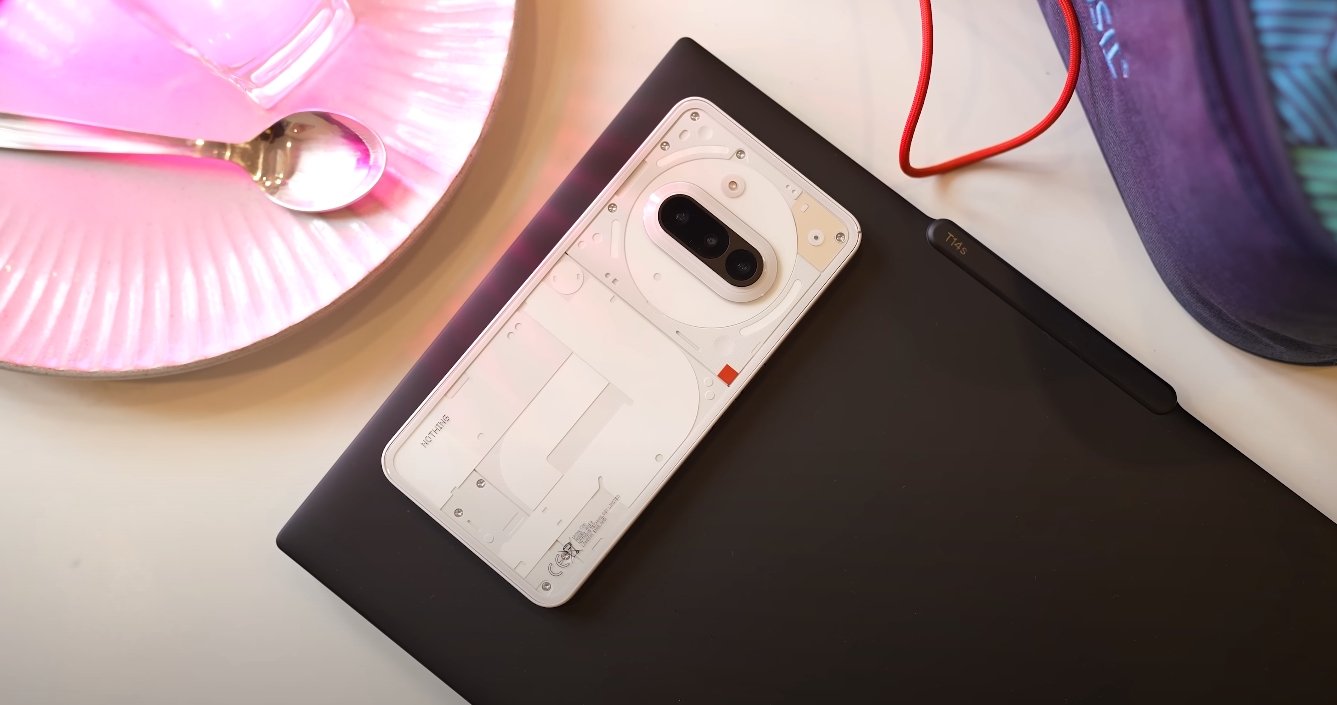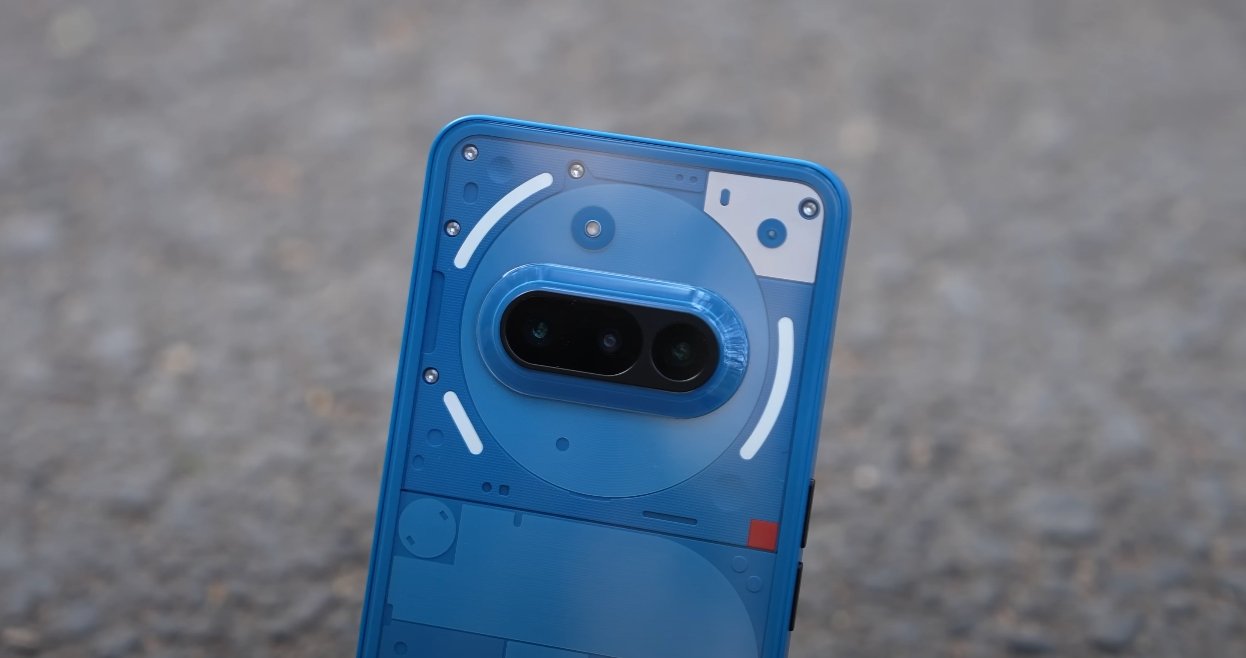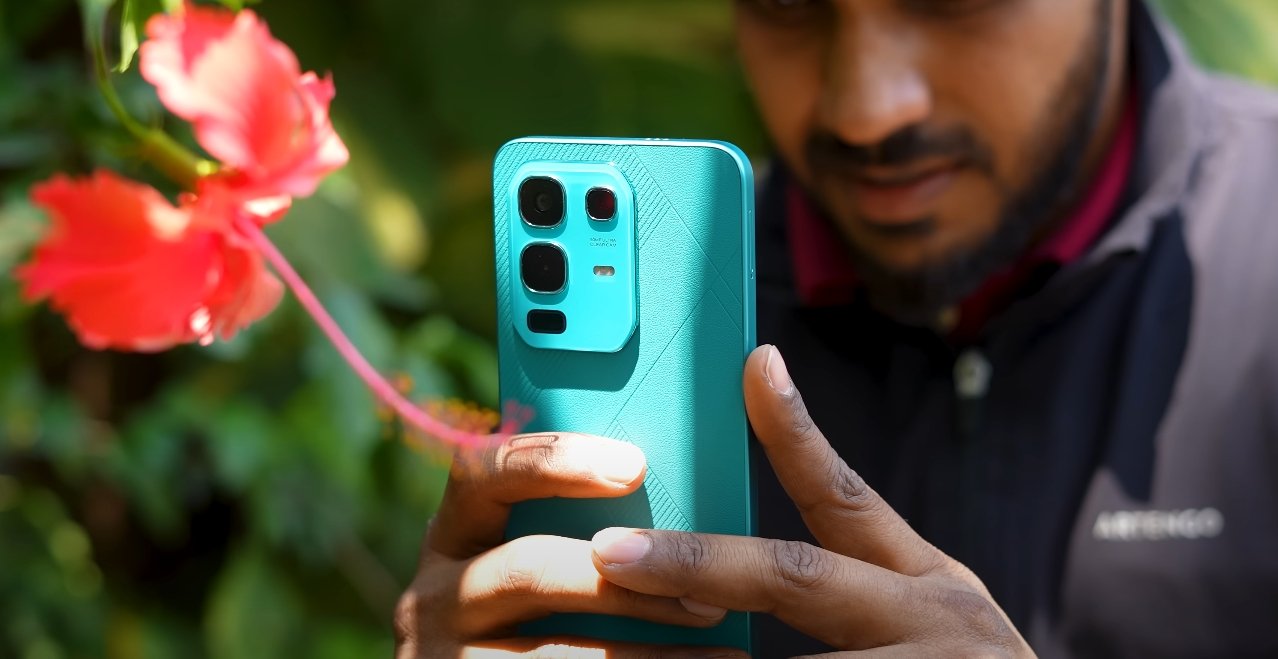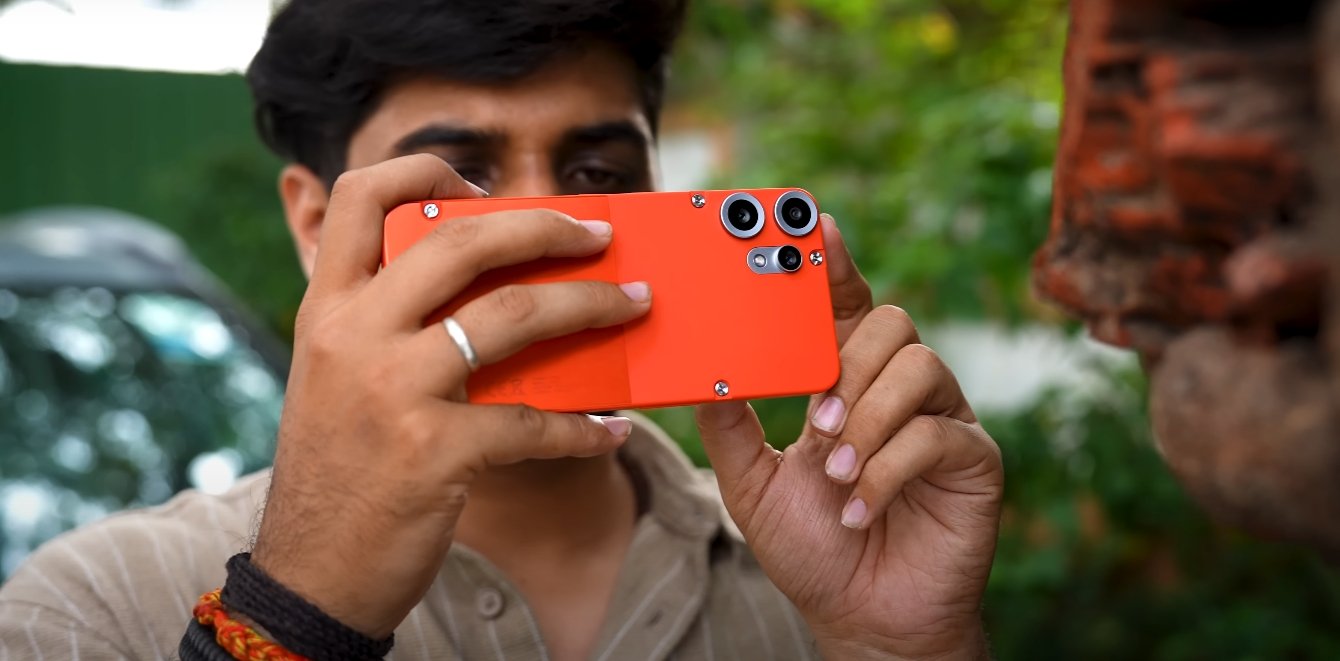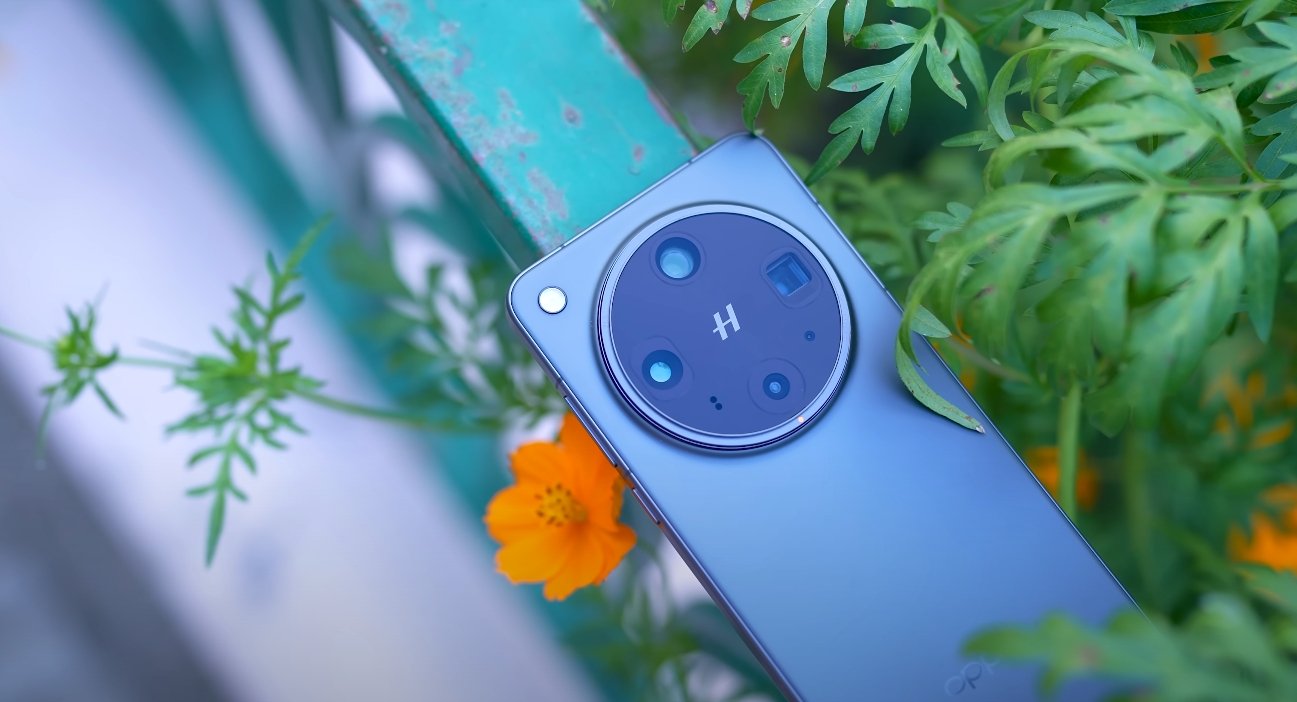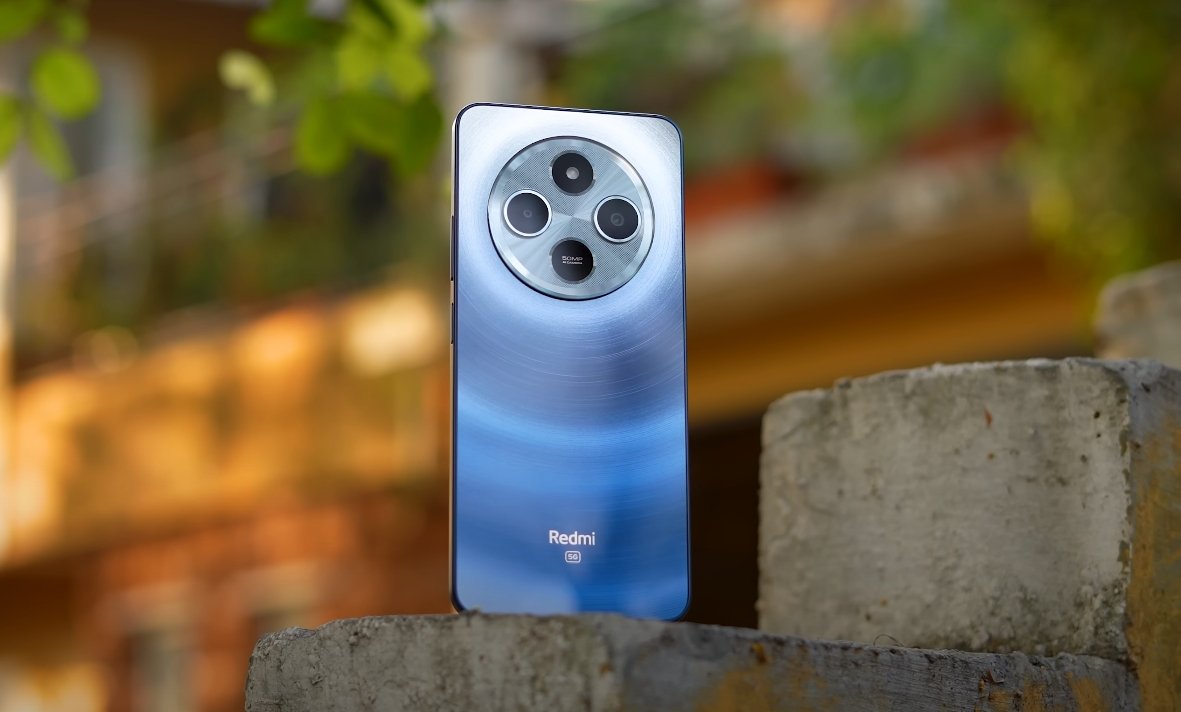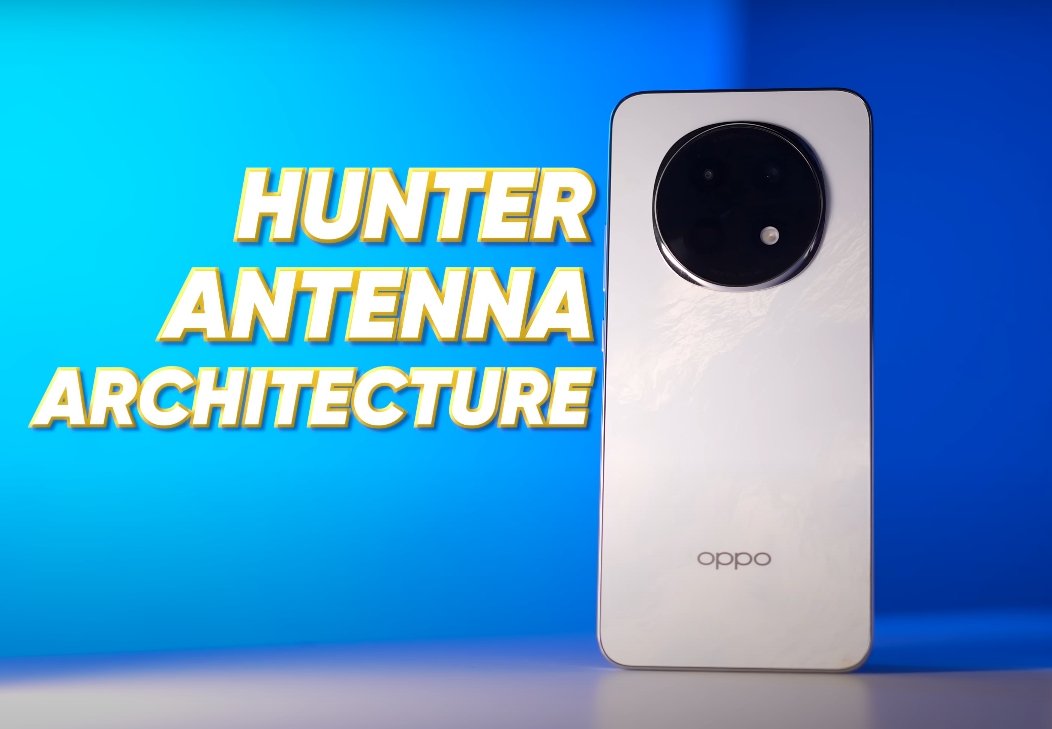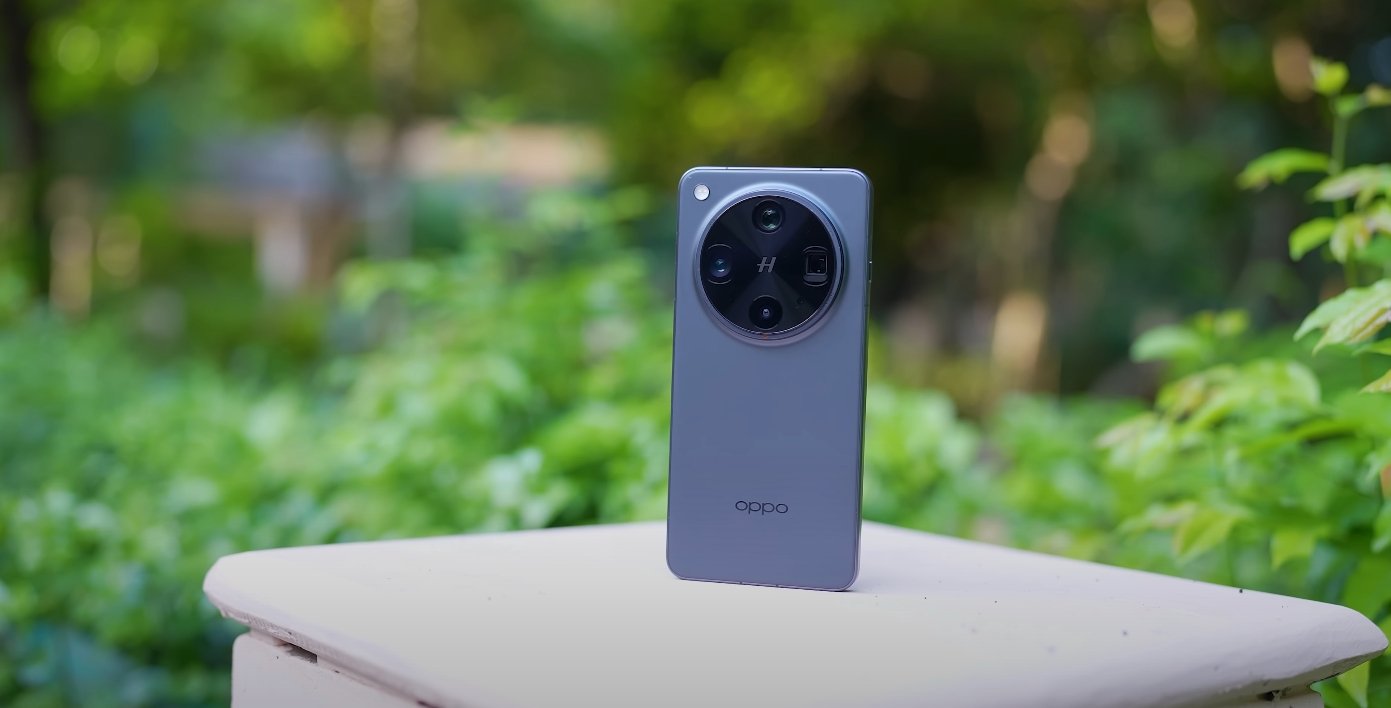Build Quality and Real-World Durability Insights
The Nothing Phone 3A Lite is designed to deliver a premium aesthetic at an affordable price, and its build materials play a crucial role in that balance. While official durability testing for this model has not been fully published, reliable leaks and early teardown insights provide a clear understanding of its structure and resilience. The phone’s build quality follows a similar pattern to the Nothing Phone 3a, focusing on lightweight materials, durability for daily use, and a modern look.
The device is expected to feature a glass front protected by Panda Glass, a material that offers scratch resistance close to Gorilla Glass. This means it can withstand everyday contact with keys, coins, or rough surfaces without visible scratches in most cases. While it isn’t invincible against sharper objects, its performance in standard scratch and impact tests should be solid for its price range. The glass back panel further adds to its premium feel, giving it a look and touch that aligns with higher-end smartphones.
The frame of the Nothing Phone 3A Lite is built using reinforced polycarbonate, which helps reduce weight while maintaining structural rigidity. This material choice makes the device lighter and easier to handle than aluminum-framed phones. Beneath the surface, an internal support structure is expected to provide added stability, especially around key stress points like the charging port and buttons. This reinforcement helps prevent bending and cracking under typical pressure tests.
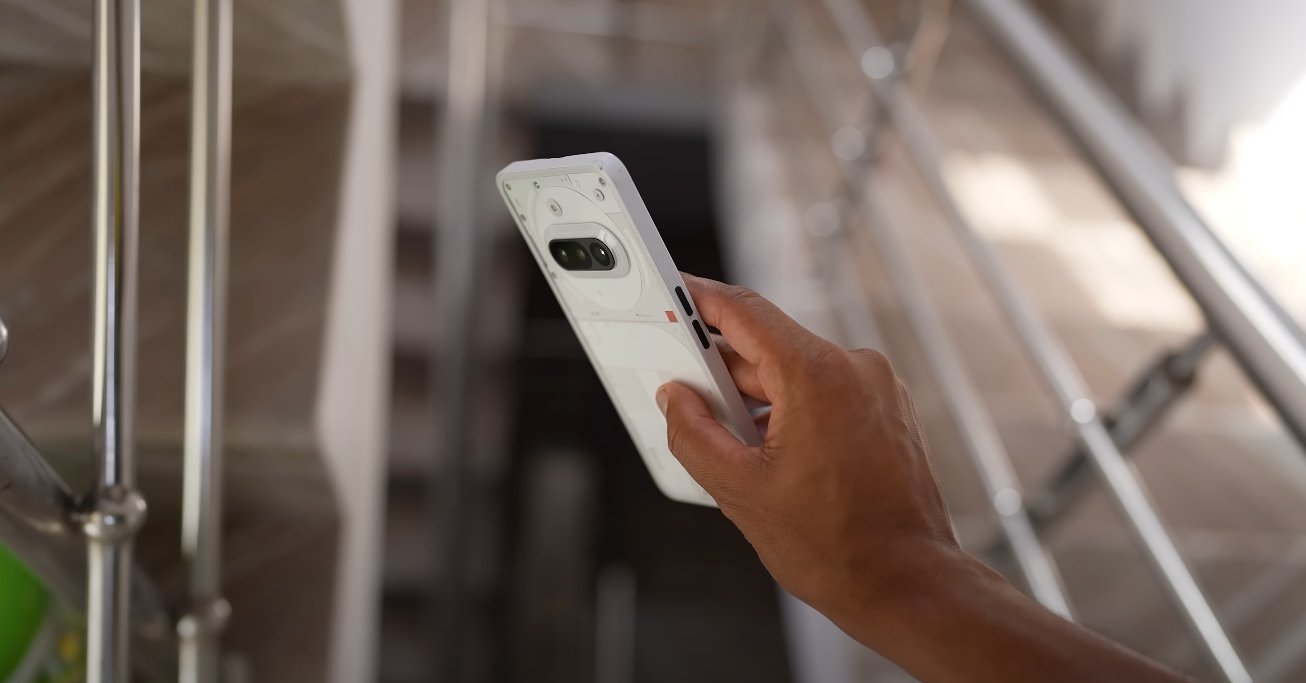
In early durability assessments, the phone shows promising resistance to bending. When flexed from both the front and back, the device holds its shape without significant structural damage. This indicates that the internal frame design successfully distributes pressure across the body. While glass-backed phones are always more vulnerable to shattering from high-impact drops, the combination of a polycarbonate frame and protective glass offers reasonable protection for everyday handling.
The device is also expected to come with an IP64 rating, which provides basic splash and dust resistance. This means the phone can handle accidental spills, light rain, or brief exposure to dusty environments without functional issues. However, it is not waterproof and should not be submerged in water. This level of protection is typical for mid-range smartphones and provides peace of mind for regular outdoor use.
Drop test simulations suggest that while the frame absorbs some impact, the glass back remains vulnerable to cracking if dropped on a hard surface. Using a protective case and screen guard will significantly improve its overall durability. Panda Glass can resist light impact well, but repeated drops or sharp objects can still cause damage. The phone’s weight distribution also contributes to better drop performance, reducing the chance of major cracks during corner impacts.
Real-world feedback from earlier models in the same series shows minor scuffs and dents on plastic frames over time, but no major structural issues with regular use. The build material combination of glass and plastic is a deliberate trade-off between durability, aesthetics, and affordability. Users can expect the 3A Lite to handle daily wear and tear effectively as long as it’s used with basic protection.
In conclusion, the Nothing Phone 3A Lite combines Panda Glass on the front, a glass back, and a reinforced polycarbonate frame to deliver a well-balanced build. It offers good resistance to bending and scratches, moderate protection against accidental drops, and basic splash and dust resistance. While it may not match the ruggedness of high-end flagships, its durability is strong for its price segment. A simple protective case and screen protector will ensure the device stays in good condition for years of use.
